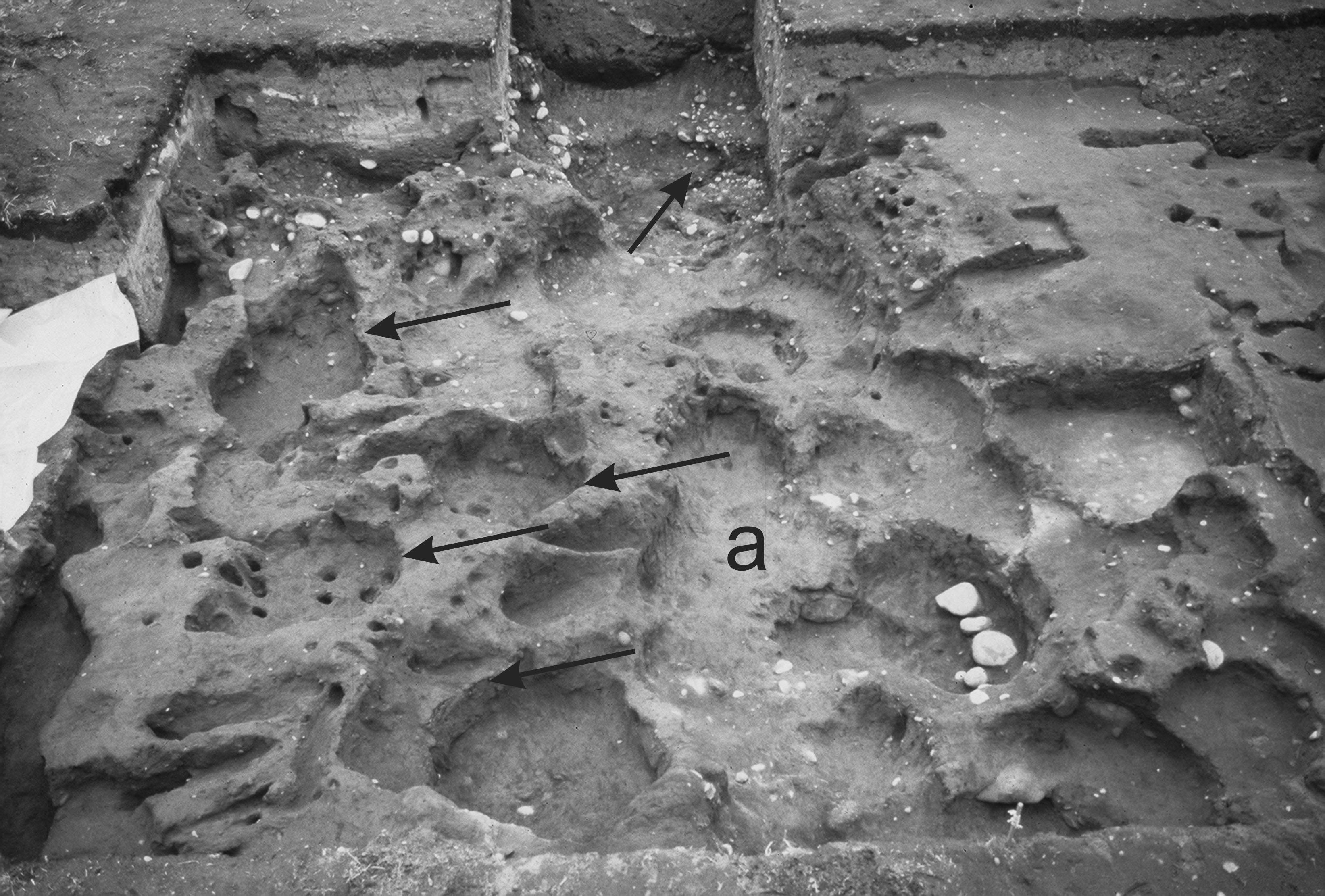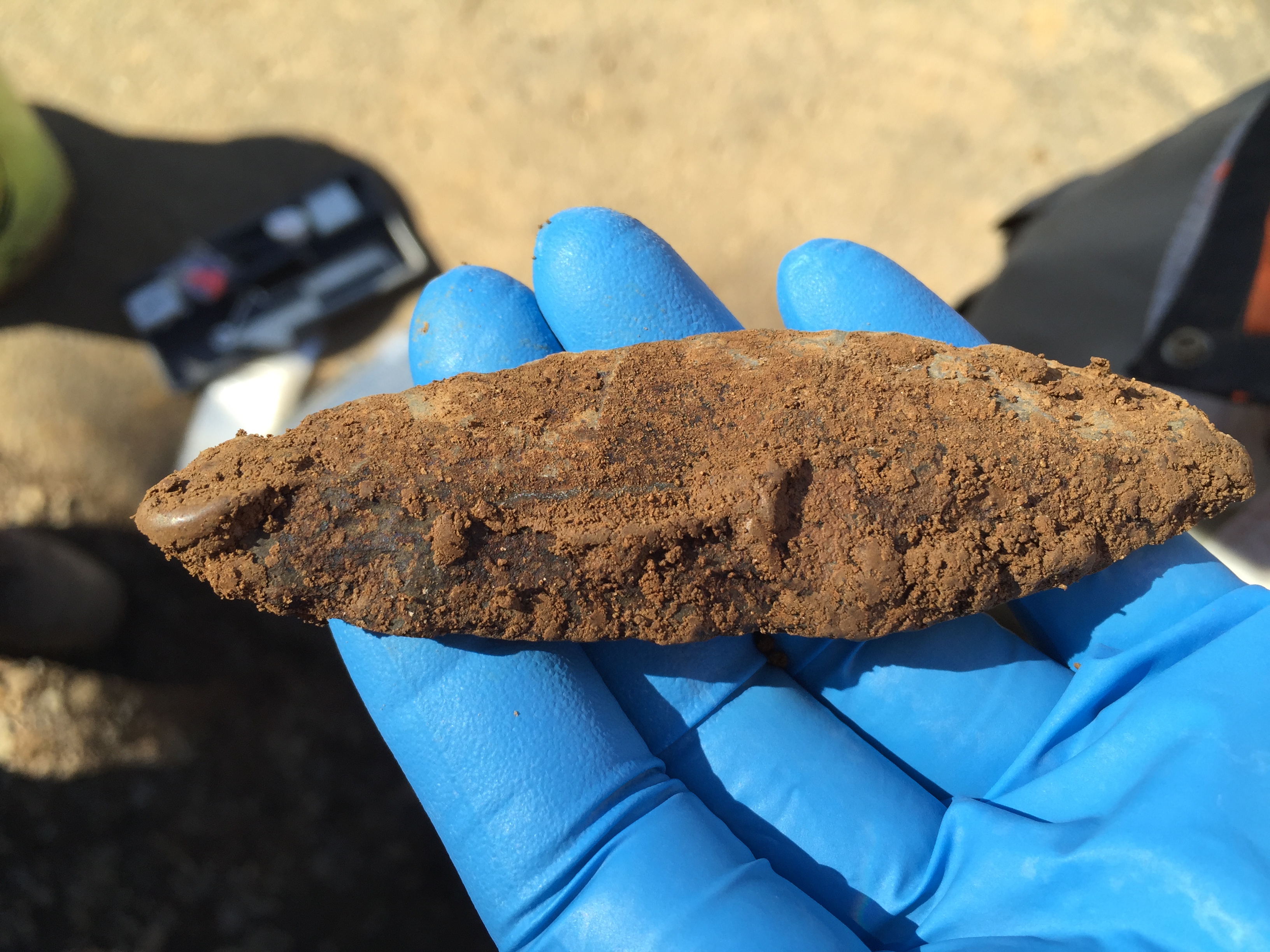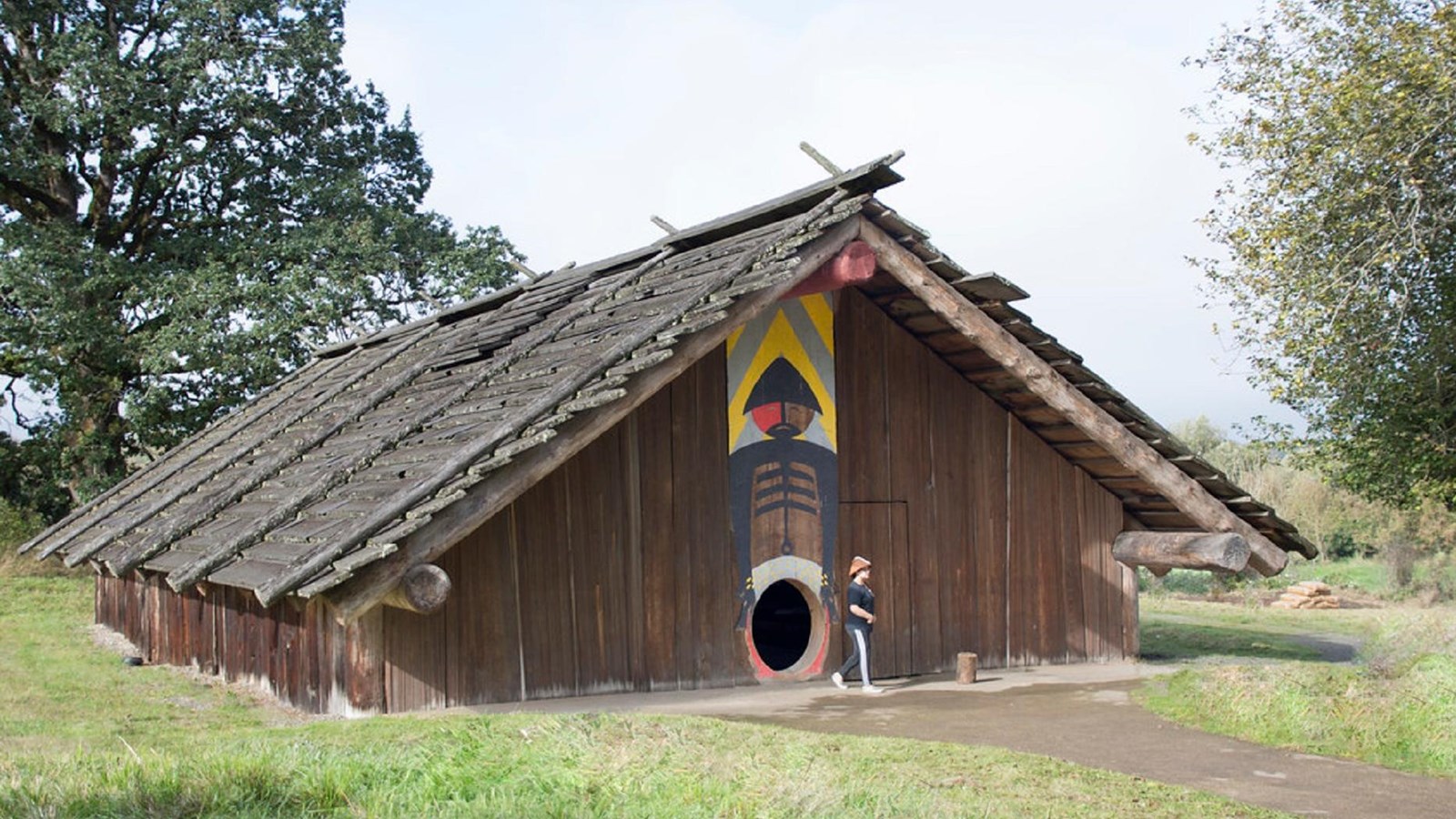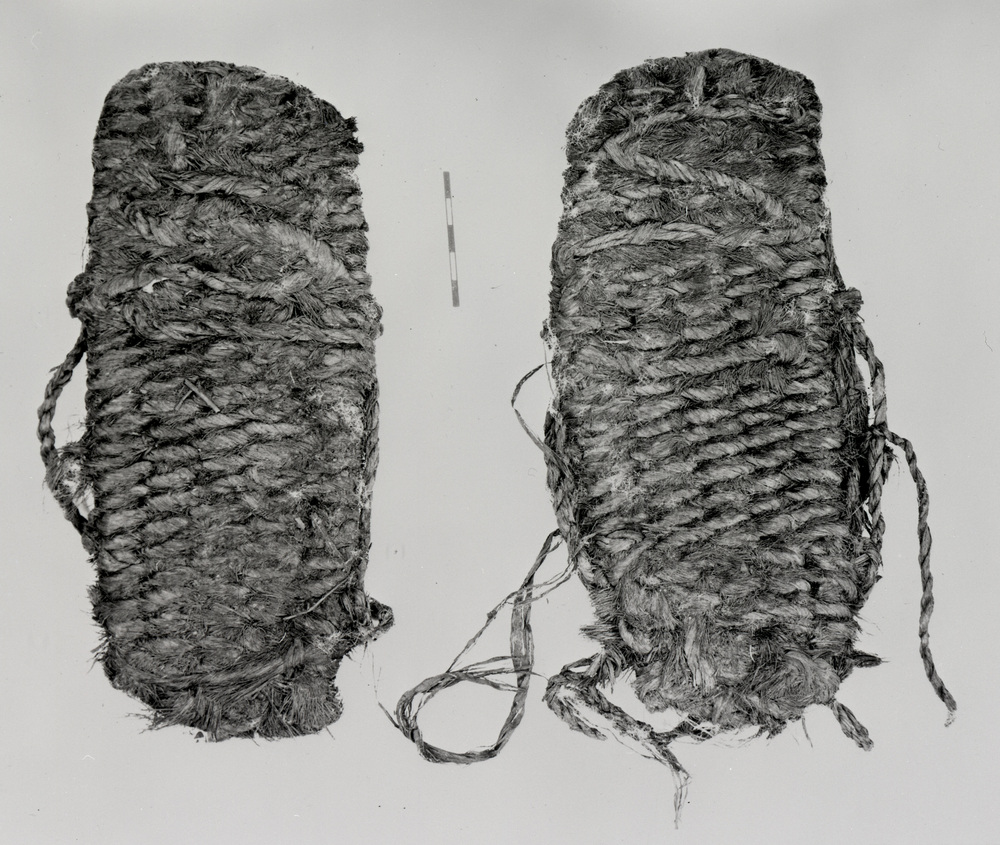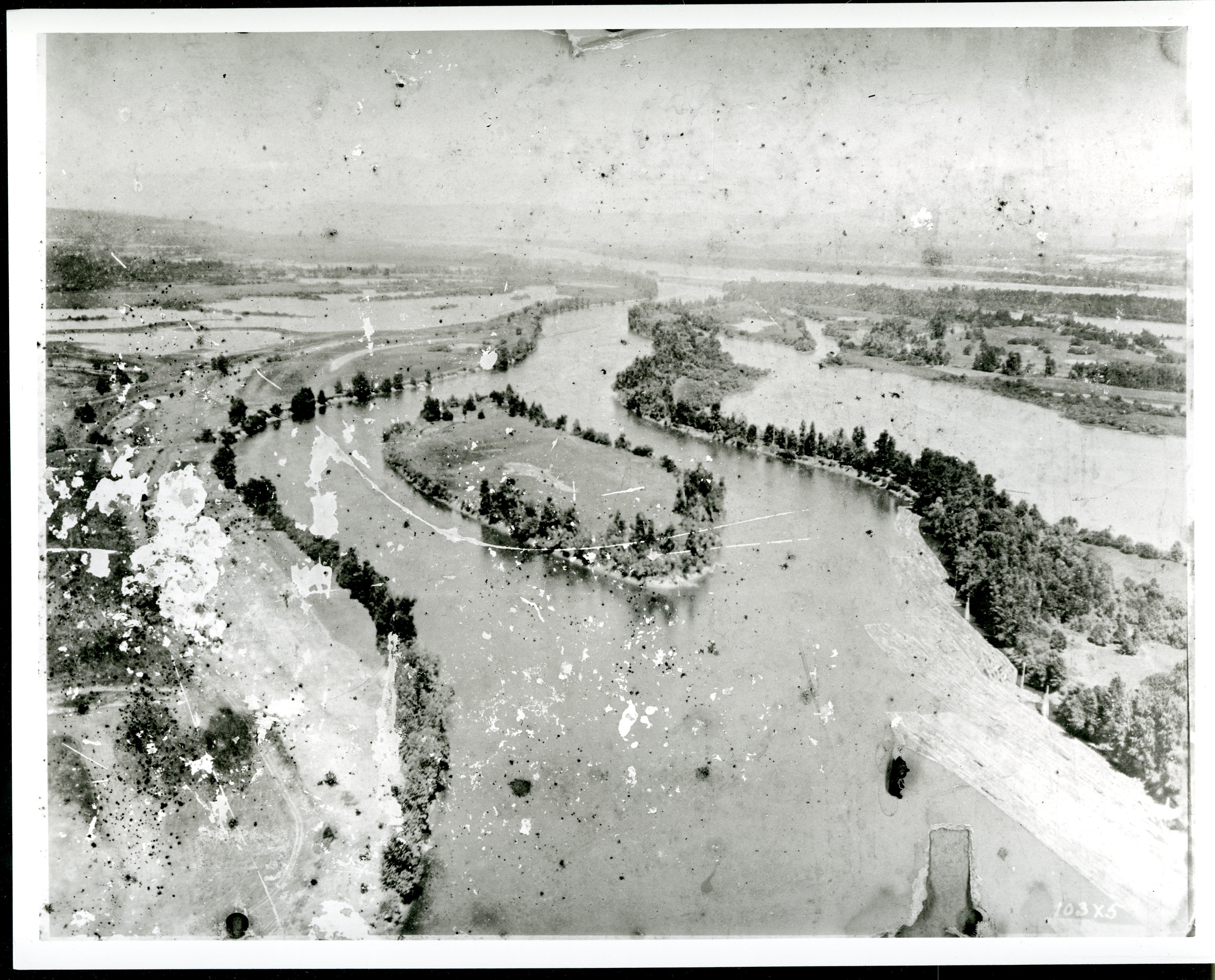The Meier site, the subject of an archaeological excavation that documents an early community on the lower Columbia River, is located near Scappoose, on the margin of the Columbia floodplain. The site, named for the farmer who once owned the land, contains the remains of a single, large, 90-by-55-foot Chinookan plankhouse, with associated yard and midden deposits. (Midden deposits are mounds of artifacts discarded by humans occupying a site, usually for an extended period.) The site is significant for Oregon and Northwest history for many reasons. Evidence for the house is remarkably well preserved, despite the site having been plowed. That circumstance allows the house and its internal arrangements to be reconstructed in greater detail than is typical, exceeded perhaps only by the famous wet site of Ozette on the Washington Coast. Meier is rich in ecofacts and artifacts, allowing fine-grained analysis of how daily life was organized in the house. Finally, the house was occupied during the period when Europeans entered the region.
Meier, especially in conjunction with the nearby Cathlapotle site, gives us exceptional information on how those communities responded to the opportunities and changes of the fur trade era. Small-scale excavations at Meier have been conducted since 1972, when Richard Pettigrew of the University of Oregon first professionally tested the site for his dissertation research. In the mid-1970s, students from Scappoose Middle School did some excavation at the site; and a private archaeology firm, Willamette Associates, did work at the site in 1984.
The major excavations at Meier were conducted by Portland State University under the direction of Kenneth M. Ames between 1987 and 1991. The site has also been damaged by looting over the years. While the University of Oregon excavations found evidence of occupation as early as about AD 1200, the excavated house and its associated yards and middens date from AD 1400 to sometime after AD 1800.
The site produced a small number of early fur trade era goods, although it is not mentioned in any documentary accounts from that period. It seems likely that the community was abandoned after an epidemic, perhaps the smallpox epidemics of either 1801-1802 or 1824-1925. An estimated 200 people lived in the house, which was built of western red cedar.
Unlike the very large houses at the contemporary Cathlapotle site, only about eight miles away across the Columbia, the interior of the Meier house was open, not subdivided by walls. Like other houses in this area, it had a cellar. These cellars are only known archaeologically; no historical accounts mention them. The Meier cellar is the largest documented so far: just under 4,500 cubic feet, the equivalent of a space 17 feet on a side. The actual cellar extended the length of the house, was about six feet deep, had a pathway, and contained storage baskets. At full capacity, the cellar could hold about 100 tons of wapato roots, far more than the household residents would need for subsistence. Wapato is a wetland plant whose roots were a major element in the Chinookan diet and were also a major trade item in the region.
The house fronted shallow lakes, wetlands, and creeks that led to Multnomah Channel and, ultimately, the Columbia River. The people who lived in Meier intensively hunted deer and took sturgeon, salmon, suckers, and minnow. They harvested a range of water and upland birds, but mainly mallards. Like other Chinookan people living on the Columbia floodplain, they harvested wapato, camas, acorns, hazelnuts, tarweed, and berries.
Their exchange networks extended into northern California, west to the coast, and perhaps as far north as south-central British Columbia. These networks were traced using obsidian—volcanic glass—whose geochemistry allows the obsidian’s point of origin to be determined. Fragments of sand dollar shells and the bones of deep water fish indicate coastal contacts, while exhausted adze blades made of stone originating in central British Columbia indicate trade to the north.
The artifacts recovered at Meier reflect the activities and interests of a 200-person household that persisted for almost 500 years. They range from fishing and hunting gear (bone and antler harpoons, fish hook barbs to stone net weights, and arrow tips) to wood working and carving tools (antler and bone wedges, stone mauls, beaver incisors). The community may have specialized in wood carving; the evidence suggests they ramped up hunting and wood working in response to the fur trade. Meier has few trade goods, however—fewer than fifty glass trade beads, some English ceramics, copper, and a few other items—in marked contrast to Cathlapotle and Middle Village, which have large trade good assemblages, especially Middle Village.
Meier remains one of the few sites in northwest Oregon that has had significant professional excavations. As such, it provides a tantalizing window into the archaeological potential of the Columbia River floodplain in Oregon and of Northwest Oregon in general.
-
![Excavations of the southern portion of the Meier house, including a cellar, cellar pathway (a), and support rims for storage baskets. These features date to ca AD 1450 - 1500.]()
Meier Site.
Excavations of the southern portion of the Meier house, including a cellar, cellar pathway (a), and support rims for storage baskets. These features date to ca AD 1450 - 1500. Courtesy Ken Ames
Related Entries
-
![Burnett Site (Lake Oswego)]()
Burnett Site (Lake Oswego)
The Burnett Site (35CL96), located on a terrace above the Willamette Ri…
-
![Cathlapotle]()
Cathlapotle
Cathlapotle is the archaeological site of a major Chinookan town locate…
-
![Fort Rock Sandals]()
Fort Rock Sandals
Fort Rock sandals are a distinctive type of ancient fiber footwear foun…
-
![Multnomah (Sauvie Island Indian Village)]()
Multnomah (Sauvie Island Indian Village)
"Multnomah" is a word familiar to Oregonians as the name of a county an…
-
![Portland Basin Chinookan Villages in the early 1800s]()
Portland Basin Chinookan Villages in the early 1800s
During the early nineteenth century, upwards of thirty Native American …
Map This on the Oregon History WayFinder
The Oregon History Wayfinder is an interactive map that identifies significant places, people, and events in Oregon history.
Further Reading
Ames, Kenneth M. and Elizabeth A. Sobel. “Houses and Households.” In Chinookan Peoples of the Lower Columbia, edited by Robert T. Boyd, Kenneth M. Ames and Tony A. Johnson, 125-145. Seattle: University of Washington Press, 2013.
Smith, Cameron McPherson. The Organization of Production Among Sedentary Foragers of the Southern Pacific Northwest Coast. Oxford: Archaeopress, 2008.



